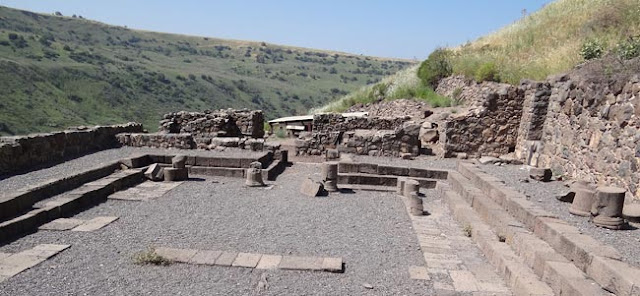In the second century church

The third and final vignette in this little series of glimpses at public reading in the past comes from around the year 150AD. (The previous two glimpses were here , and here .) In the pages of the New Testament (and some other early Christian literature) we get various instructions about what Christians should do when they meet for worship, and various glimpses of special gatherings. However, we don’t get a full description of an ordinary Christian worship assembly. For such a description we have to wait till the middle of the second century, for a writer called Justin, a Greek-speaking immigrant to Rome from the Palestinian Samaritan city now known as Nablus. Justin was a philosopher who appears to have made his living as a teacher, both before and after he became a Christian. He’s famous as the first Christian apologist – a word which means someone who mounted reasoned public defences and commendations of Christianity to outsiders. We have different writings from him which engage


